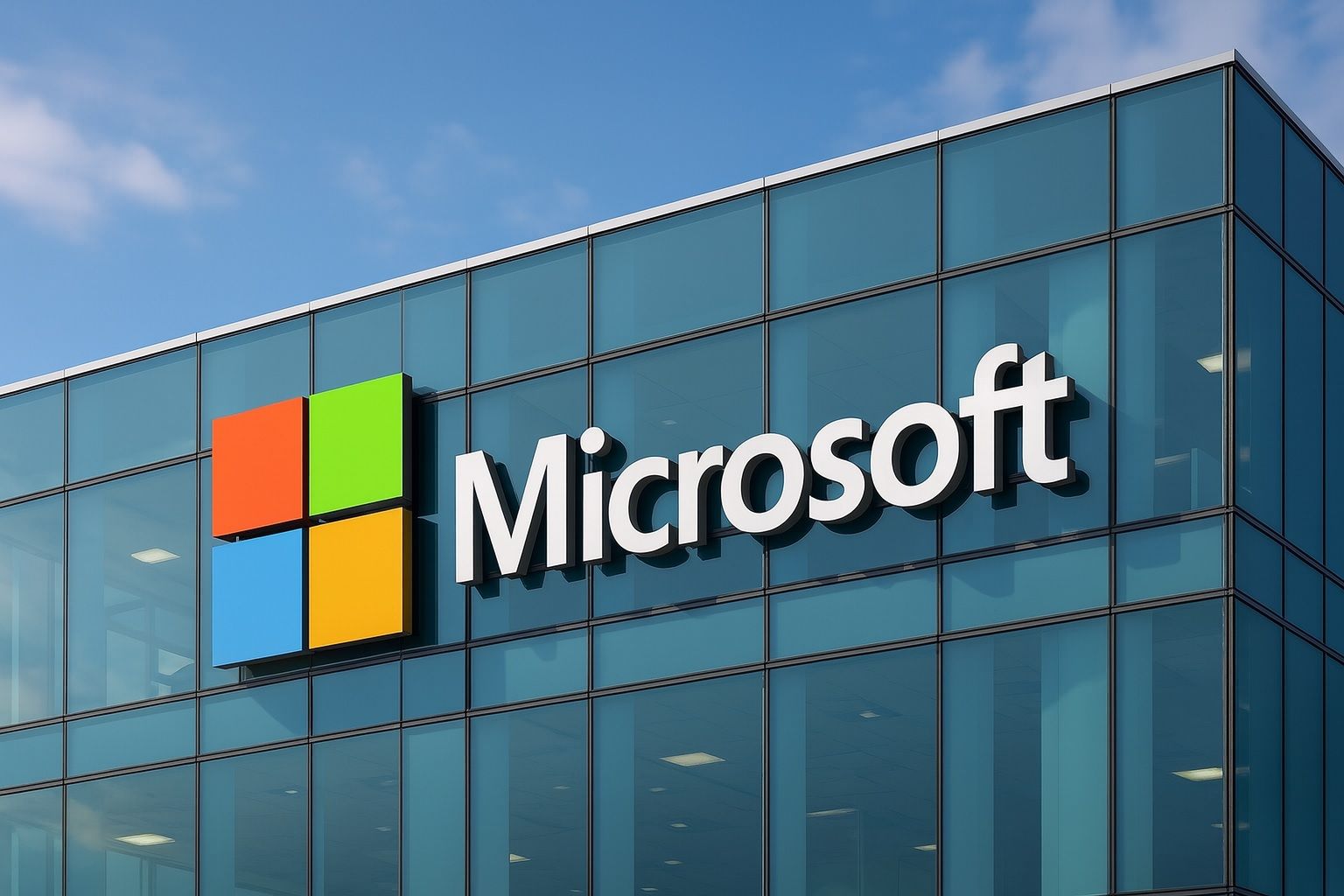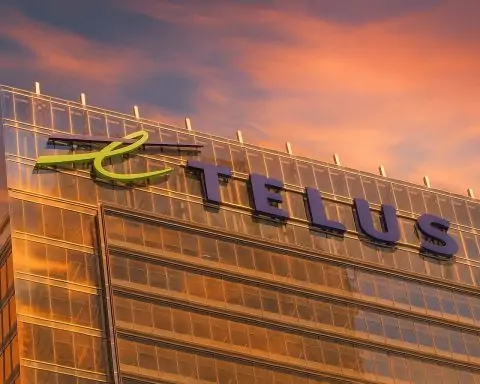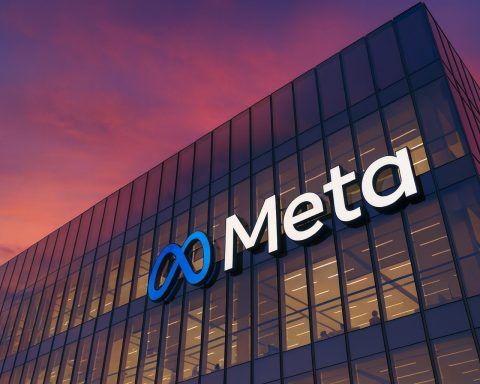Rothschild & Co Redburn broke with the prevailing Wall Street optimism on Tuesday, cutting ratings on Microsoft and Amazon to Neutral from Buy. Analyst Alexander (Alex) Haissl also lowered Microsoft’s 12‑month price target to $500 (from $560) and kept Amazon’s target at $250, calling for a more cautious stance on the hyperscaler complex. The call marks Haissl’s first downgrade of the two since initiating coverage in 2022. [1]
Market reaction (intraday): As of 15:45 UTC, MSFT traded near $490.55 (≈ ‑3.3%) and AMZN around $224.35 (≈ ‑3.7%), underperforming the broader market as investors digested the sector‑wide implications.
Why Redburn turned cautious on the AI trade
Haissl argues that generative‑AI infrastructure is structurally more capital‑intensive than “cloud 1.0,” estimating that GPU‑heavy deployments now require roughly six times more capital to produce the same business value—pressuring long‑term cash generation and returns for hyperscalers. In his note, he adds that investors may be giving companies “too much benefit of the doubt,” pricing heavy spending as if it still yielded cloud‑era economics. [2]
For Microsoft, Redburn’s cut reflects concern that Gen‑AI monetization will lag the pace of required data‑center investment, diluting returns versus the classic cloud model. For Amazon, the firm says the AWS reacceleration largely played out, leaving “limited scope for meaningful upside” relative to expectations—hence an unchanged $250 target alongside the rating move. [3]
Notably, Haissl acknowledged the change in stance comes “with a heavy heart,” underscoring how unusual this call is in an otherwise bullish analyst landscape for both stocks. [4]
A rare contrarian call against a bullish backdrop
The downgrades “break ranks” with most peers, who still lean positive on both names. Consensus data this month show average 12‑month price targets around $632 for Microsoft (majority Buy ratings) and roughly $295 for Amazon (Moderate/Strong Buy consensus depending on source). That makes Redburn’s Neutral stance a genuine outlier among large‑cap tech calls. [5]
Context matters: only three weeks ago, Redburn had raised its Microsoft target to $560 while maintaining a Buy—highlighting how rapidly the firm’s conviction on AI economics has cooled into today’s downgrade and $500 target. [6]
What it means for the AI‑spending cycle (and why today)
The timing lands on a pivotal week for the AI supply chain: Nvidia reports October‑quarter results after the close on Wednesday, Nov. 19. Options markets imply unusually large potential swings, and investors are watching whether Nvidia’s outlook validates hyperscalers’ multi‑year spending plans—or reinforces the “lower‑return” AI thesis Redburn outlined. [7]
The call also follows signs that some institutional investors have been paring Big Tech exposure in recent months, adding another layer of caution to an area that has dominated index performance in 2025. [8]
Key takeaways for investors
- Both MSFT and AMZN cut to Neutral at Rothschild & Co Redburn; MSFT PT to $500 (from $560); AMZN PT $250 (unchanged). [9]
- Thesis: Gen‑AI returns look weaker than widely assumed; capex per unit of value is far higher than in cloud 1.0, pressuring long‑term FCF. [10]
- Market check (intraday): MSFT ≈ ‑3.3%; AMZN ≈ ‑3.7% by 15:45 UTC.
- Against the grain: Street consensus remains broadly bullish on both names despite today’s call. [11]
- Next catalyst:Nvidia earnings (Nov. 19) could either validate heavy AI capex or sharpen concerns about capital intensity and monetization timelines. [12]
The bottom line
On 18.11.2025, Redburn’s double‑downgrade injects a rare dose of skepticism into the AI‑led hyperscaler trade. Whether this proves a blip in a long bull run—or an early signal that AI economics need to reset toward more sustainable returns—will hinge on how quickly Microsoft and Amazon can translate AI workloads into durable, high‑margin revenue without perpetually escalating capex. In the near term, all eyes turn to Nvidia’s numbers and guidance for the next read‑through on AI demand and pricing power across the stack. [13]
Sources: Bloomberg; Barron’s; TheFly/TipRanks; Investing.com; MarketBeat; Reuters; Nvidia IR. [14]
This article is intended for informational purposes and does not constitute investment advice.
References
1. www.bloomberg.com, 2. www.tipranks.com, 3. m.uk.investing.com, 4. www.barrons.com, 5. www.marketbeat.com, 6. www.tipranks.com, 7. investor.nvidia.com, 8. www.reuters.com, 9. www.bloomberg.com, 10. www.tipranks.com, 11. www.marketbeat.com, 12. investor.nvidia.com, 13. www.reuters.com, 14. www.bloomberg.com







